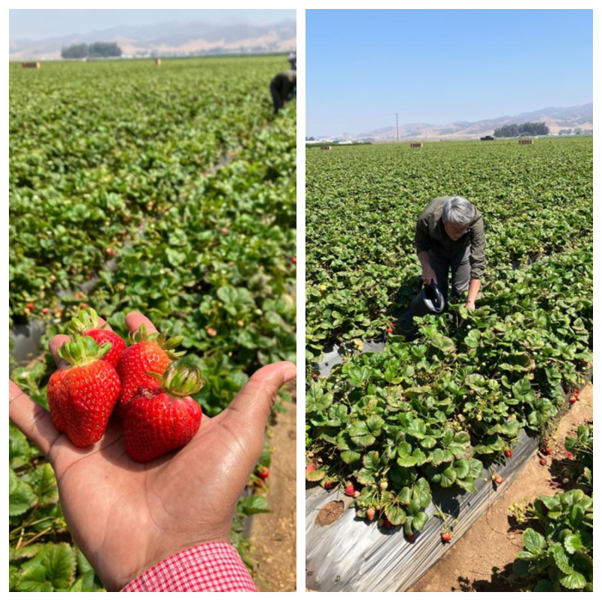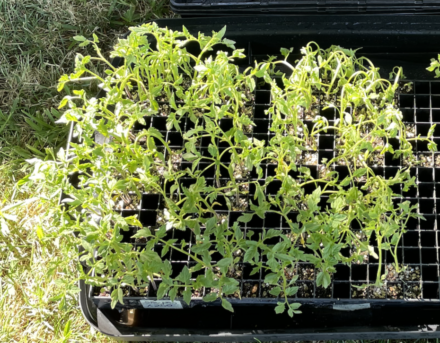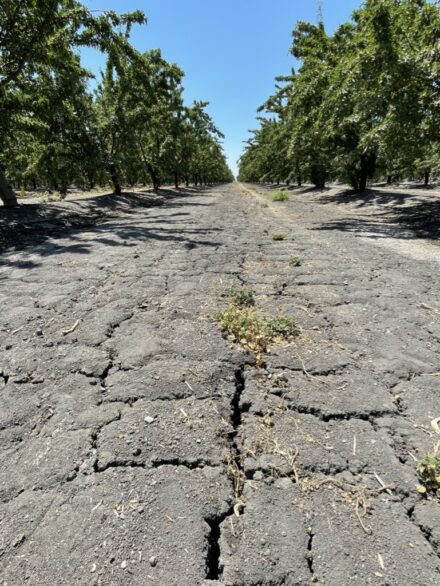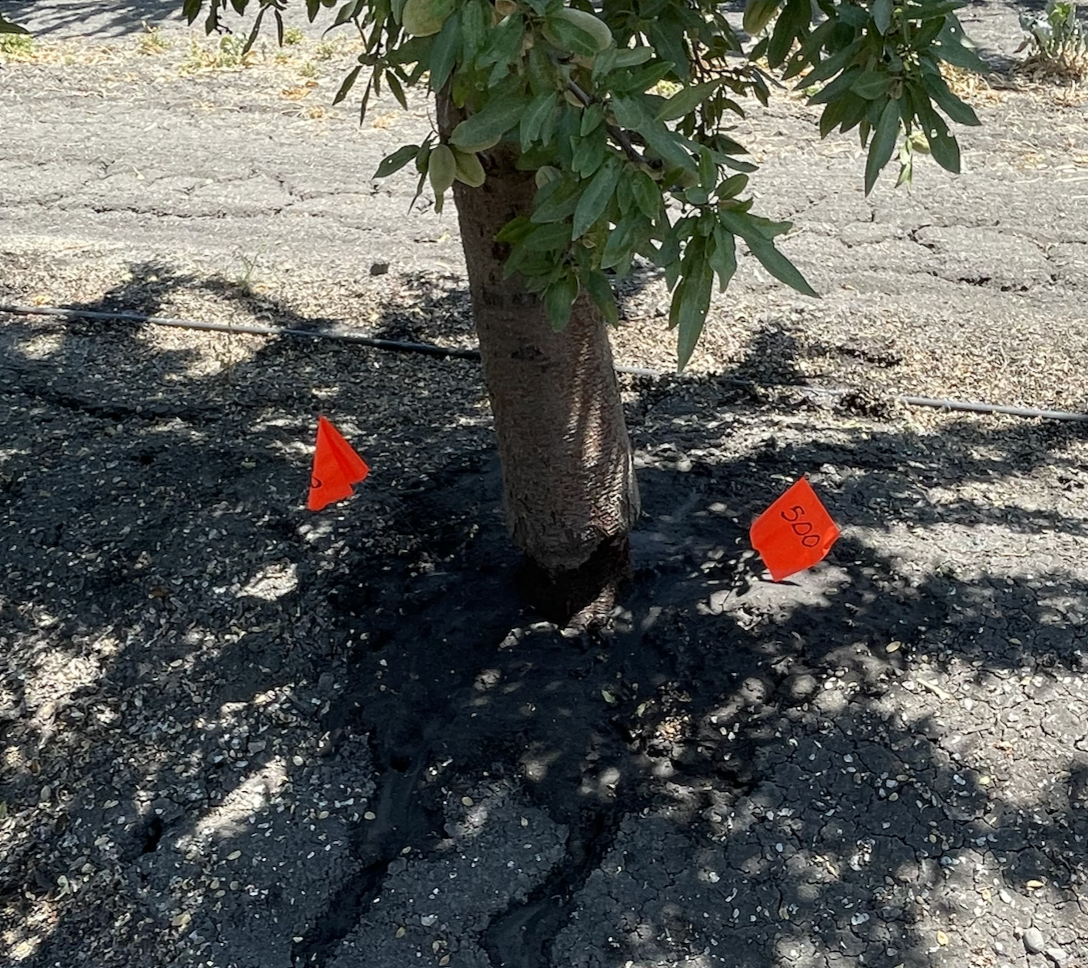Field trials in USA: Can plants grow in fields in temperatures exceeding 40℃?

The number of field trials abroad is steadily increasing, in various regions, and in the different types of plants being tested. Today’s report comes from California, USA, where the area is experiencing consecutive days of scorching heat with temperatures exceeding 40℃. Normally, cultivation of crops under these conditions would be challenging, but with our confidence in the positive effects of Skeepon, experiments are now being conducted.
First, a visit to a strawberry farm!
After posting on Twitter, a Japanese grape farmer was quite impressed with the planting method, and commented that unlike Japan, the plants are grown at ground level, in huge open fields.
In Japan, strawberries used to be cultivated in open fields, but growing them in winter requires greenhouses. Today, greenhouses are mainly used to grow strawberries in Japan.
Next, we headed to the tomato fields for our main experiment.

Normally, tomato plants do not fruit in temperatures above 40℃. As such, farmers usually refrain from planting in such temperatures.
But what if we planted seedlings treated with “Skeepon” in such temperatures?
We planted 50 tomato seedlings each treated or untreated with Skeepon. Even before planting, we could observe differences in wilting between the treated and untreated seedlings (see photo below).

Water is essential for proper growth, and therefore we plan to observe the progress up to the time of harvest, watering with sprinklers.
Lastly, we visited an almond orchard.
It was too hot, too dry… and the ground was cracked…

Almonds grow by spreading a large amount of water through irrigation tubes.
To stabilize the yield by reducing the amount of water, we have started testing by applying Skeepon to see how much it can withstand dryness and heat.

Stay tuned for future reports on the growth of tomatoes and almonds! We look forward to sharing the progress with you!
